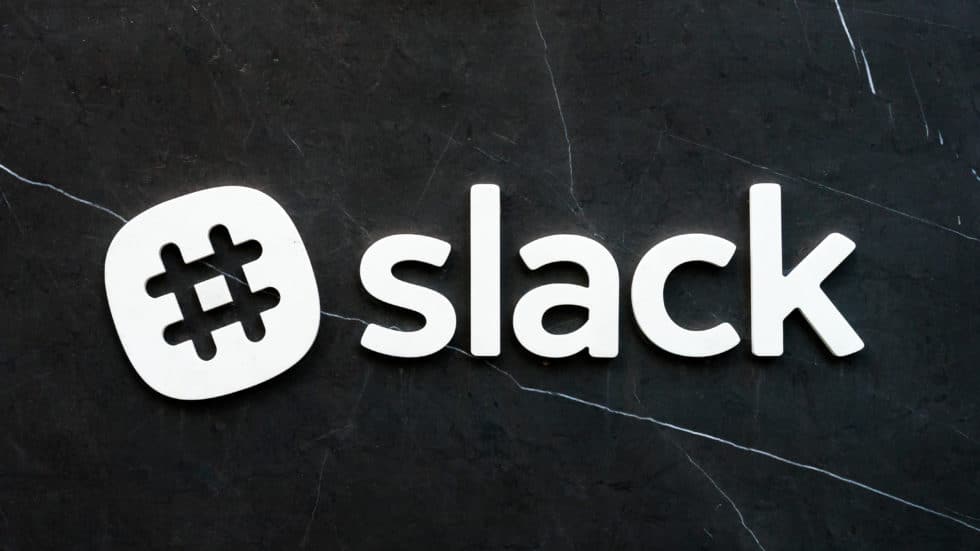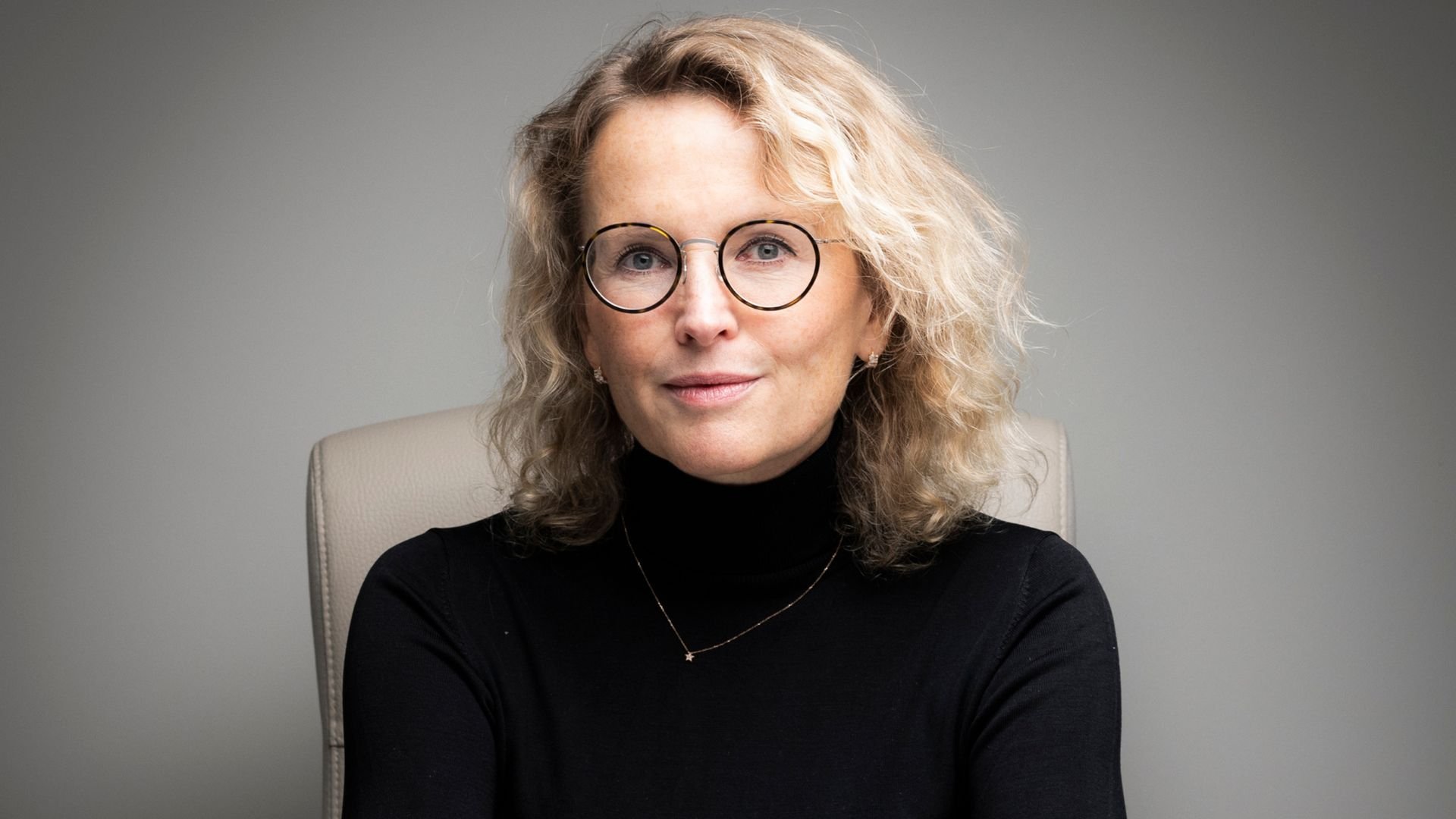Abolishing hierarchies, enabling situational leadership, working in cross-functional teams: In traditional companies in the financial sector, this is unthinkable, at least with regard to the entire organization. But Fintechs can benefit from new organisational structures in the sense of New Work – not only as employers, but also as drivers of innovation.
The set of all problems can be divided into two types: box problems and cloud problems. In the past, there were mainly caste problems. They were clearly definable, the resulting task could be translated quickly and top-down into a work order and solved with proven methods. Today, under the influence of an ever-increasing number of variables, problems are like clouds: difficult to delimit, not intuitively solvable and therefore only to be dealt with in an interdisciplinary way. Box problems were and are complicated. Cloud problems are complex.
What does this mean for the innovative strength of the financial sector? What is considered „state of the art“ today may be „out-dated“ tomorrow. Every process on the way to a new product (-update) must be based on this idea; because there can be no absolute right or wrong from the outset, there must be a continuous process of trial and error. Always beta.

However, this principle can only be applied in this case, when working in cross-functional teams, which also are cross-hierarchical. Because to solve problems for the users, today, the most diverse specialist knowledge must be synergistically combined to are brought together. The big question: Can a suitably new Improve Fintech’s organisational structure?
Yes. smartsteuer made the long lived New-Work culture explicit a few months ago and abolished hierarchies – including personnel responsibility. Internally, this was not immediately acclaimed by all sides, but thanks to numerous workshops, retrospectives and one-on-one interviews, reservations were gradually reduced and curiosity was aroused. There are now self-organised „responsibility triangles“, a strategy circle with changing participants and a „theses bazaar“ in which new ideas are voted on with one’s feet. Since then, new features such as the immediate reimbursement of tax immediately after filing the tax return have been brought to the streets much more quickly, if at all.
How can Fintech companies find out whether a new organisational structure suits them – and how can it be introduced? The following points help to answer this question:
principles of Slack & Co.

A particular influence on the innovative strength is the change in communication caused by Slack & Co Such tools are designed as rooms to which everyone has access. Anyone who gets involved will notice: In the individual channels, for example, a communication structure is developing that is based on expertise and is structured according to projects, not an organizational chart.
With smartsteuer, channels in slack is always created openly. For example, colleagues from the IT department to bring their ideas and impulses into the marketing channel and vice versa versa. This way the company benefits enormously from more perspectives, but also from the transparency that we create via the tool.
But that’s not all: the effects of transparent communication can also provide an opportunity to test the derived structure in the office, for example by orienting the seating arrangement and use of space to the communication methods that have crystallized through the use of slack. This need not be the final straw, but: in the end, the pattern can be reflected in the so-called „responsibility triangles“ that replace rigid departments.
Scrum? Scrum? Good. It could be better, though.
Scrum is perfectly suited to guide the development of products through strict management into regulated channels. Essential features can be separated from non-essential features and tasks can be prioritized accordingly in so-called backlogs, so that resources are used effectively and efficiently. So much for the theory. Even at smartsteuer Scrum should do exactly that: to better design the planning and development of software features. As in many other companies, the Scrum principles have gradually found application in other companies than just the IT team.
In practice, however, in the years since the introduction of Scrum, the feeling has become increasingly widespread in the team that the work with it is too rigid. This can best be compared to training wheels, which are supposed to help to learn how to ride a bike: In the beginning they are indispensable to gain safety on the saddle and not to fall hundreds of times.

At some point, however, they will interfere with taking full advantage of what they have learned, taking sharp turns or accelerating. It is therefore worthwhile to question whether it is not also a work „beyond Scrum“ there.
Try out new working methods only in individual projects
Instead of Scrum or other (agile) methods to decide which features are to be developed next the team at smartsteuer is now voting with their feet in „thesis bazaars“. off. Instead of implementing the ideas with the most votes, the To convince the creators of ideas, enough comrades-in-arms for a „mission“.
To test this, no manifested new structure is needed yet. It is advisable to approach a project that would otherwise – due to other priorities or too great possible hurdles – fall by the wayside as an experiment and to have a cross-functional mission team work on it for a certain period of time. In this way, challenges, but hopefully above all opportunities, of the new way of working are revealed – without first turning the entire system upside down.
Obtain external advice
If the omens are good and the experiences made are positive, then nothing stands in the way of a re-organization – except your own vanity. Therefore, it is almost indispensable that external help is brought in for the execution. The advantage: In daily work, certain processes solidify almost by themselves, without you being aware of it.
„In daily work, certain processes solidify almost by themselves, without you being aware of it.“
Consultants with a focus on systemic Organizational development can better cope with the circumstances, because unbiased, analyze and – as trivial as it sounds – the new Visualize the organizational structure in the first place.
Modern technologies not only allow fintechs to develop products and services in a much leaner and more cost-effective way than traditional financial institutions, for example. Because digital channels and a different understanding of cooperation, among other things, are changing the way teams communicate, they can also reorganise themselves. This change must be well moderated internally, as the acceptance of new processes and structures cannot simply be assumed. Ultimately, however, a radically different way of working opens the door to further, perhaps even more far-reaching innovations for the benefit of users.
About the author

Björn Waide is CEO of smartsteuer (https://www.smartsteuer.de/online/). Together with his team, he is digitizing Germany’s most analogous process – the tax return – in an attempt to allay people’s fears about taxes. With contributions on topics such as self-efficacy, agile working and modern leadership, Waide shapes the discussion on management and education in the digital age.






